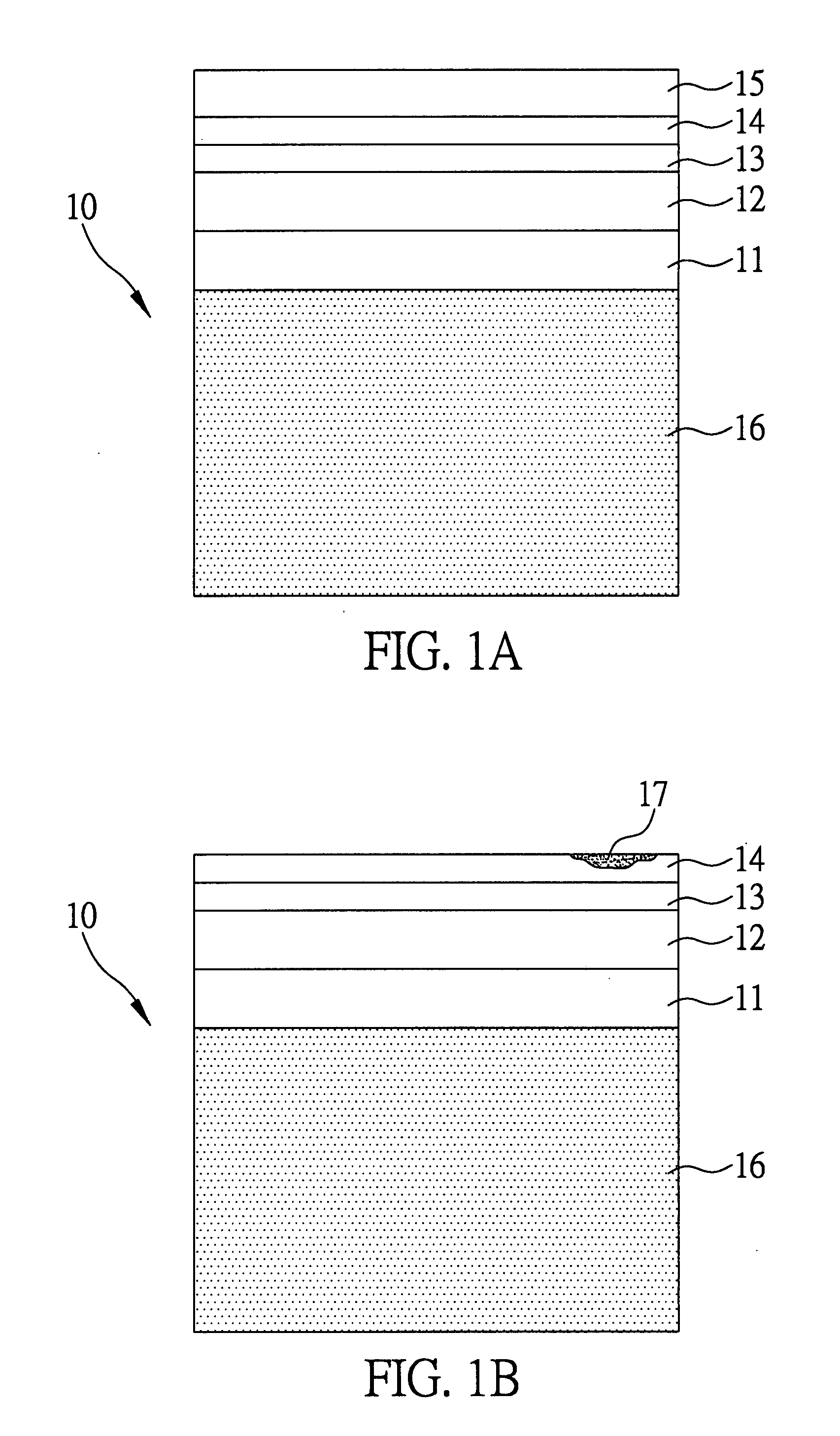Alternating current light-emitting device and fabrication method thereof
a technology of alternating current and light-emitting device, which is applied in the manufacture of electrode systems, cold cathode manufacturing, and electric discharge tube/lamp manufacture, etc. it can solve the problems of waste of light-emitting area, unsatisfactory performance, and high cost, and achieve low starting forward bias, low cost, and high tolerance to reverse bias
- Summary
- Abstract
- Description
- Claims
- Application Information
AI Technical Summary
Benefits of technology
Problems solved by technology
Method used
Image
Examples
Embodiment Construction
[0024]The following specific embodiments are provided to illustrate the present invention. Persons skilled in the art can readily gain an insight into other advantages and features of the present invention based on the contents disclosed in this specification.
[0025]The present invention discloses an alternating current light-emitting device applicable to a substrate, for example, a chip. The alternating current light-emitting device is provided with a monochromatic or non-monochromatic light source by means of microdie light-emitting elements driven under an applied AC power rectified by, for example, a Wheatstone bridge circuit. The monochromatic or non-monochromatic light source is disposed on a light exit surface of the chip and is capable of full-time light emission. The alternating current is preferably the electricity supplied to the general public at voltages of 100V, 110V or 220V, and frequencies of 50 Hz or 60 Hz.
[0026]Referring to FIGS. 1A to 4B, which are schematic views ...
PUM
 Login to View More
Login to View More Abstract
Description
Claims
Application Information
 Login to View More
Login to View More - R&D
- Intellectual Property
- Life Sciences
- Materials
- Tech Scout
- Unparalleled Data Quality
- Higher Quality Content
- 60% Fewer Hallucinations
Browse by: Latest US Patents, China's latest patents, Technical Efficacy Thesaurus, Application Domain, Technology Topic, Popular Technical Reports.
© 2025 PatSnap. All rights reserved.Legal|Privacy policy|Modern Slavery Act Transparency Statement|Sitemap|About US| Contact US: help@patsnap.com



